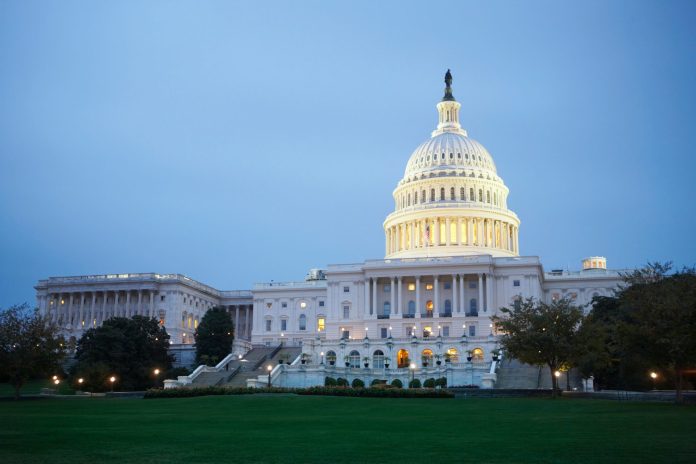Donald Trump’s return to the White House as the 47th president brought seismic shifts to financial markets, with his agenda unfolding dramatic consequences for growth, inflation, and investor strategy.
Investors worldwide were urged to prepare for heightened market volatility and a transformative era for the world’s largest economy.
Nigel Green, CEO of deVere Group, one of the world’s largest independent financial advisory and asset management organizations, stated: “With at least 100 executive orders reportedly signed on his first day in office, the newly re-elected president launched initiatives targeting trade tariffs, deregulation, and defense spending, jolting markets and shaping investor expectations in the months following his inauguration.”
Key Economic Policies and Market Impacts
- Protectionist Tariffs
President Trump reshaped global trade by imposing tariffs on China, Canada, and Mexico.
“Incremental hikes of up to 25% on trade with these nations were initiated immediately,” explained Nigel Green. “Broader duties of up to 20% on all imports significantly disrupted supply chains and stoked inflationary pressures.”
The inflationary effects of these tariffs pushed consumer prices higher, prompting the Federal Reserve to reconsider its rate path and implement additional interest rate hikes.
“Currency markets reflected these dynamics, with the dollar strengthening initially but depreciating as inflationary concerns deepened,” Green added.
- Deregulation Policies
Deregulation reignited the financial, energy, and crypto sectors as Trump rolled back many restrictions imposed during the Biden administration.
“Banking stocks rallied further post-election as Wall Street welcomed a business-friendly environment,” Green noted. “Financial services firms, fossil fuel producers, and digital assets like Bitcoin benefited, with ripple effects across equities and credit markets.”
- Defense Spending Surge
Under Trump, defense budgets surged, creating opportunities in aerospace, cybersecurity, and logistics sectors.
“Increased spending bolstered defense stocks but crowded out private investment in other sectors,” Green affirmed.
- Gold Poised for Gains
Donald Trump’s sweeping policies ignited inflation, bolstering the appeal of safe-haven assets like gold.
“China’s pivot toward gold and away from the dollar exacerbated these trends, driving bullion prices to record highs,” said Green.
Implications for Investors
The months following Donald Trump’s inauguration were marked by uncertainty, with the interplay of protectionist policies, deregulation, and inflationary pressures dictating market trends.
Strategic diversification and a focus on inflation-resistant assets proved critical for safeguarding portfolios and capitalizing on new opportunities in the evolving economic landscape.
“With Trump’s economic vision underway, investors who sought tailored advice were better positioned to navigate the turbulence and seize emerging opportunities,” Green concluded.



 Bitcoin
Bitcoin  Ethereum
Ethereum  Tether
Tether  XRP
XRP  Solana
Solana  USDC
USDC  Cardano
Cardano  TRON
TRON  Lido Staked Ether
Lido Staked Ether  Avalanche
Avalanche  Toncoin
Toncoin